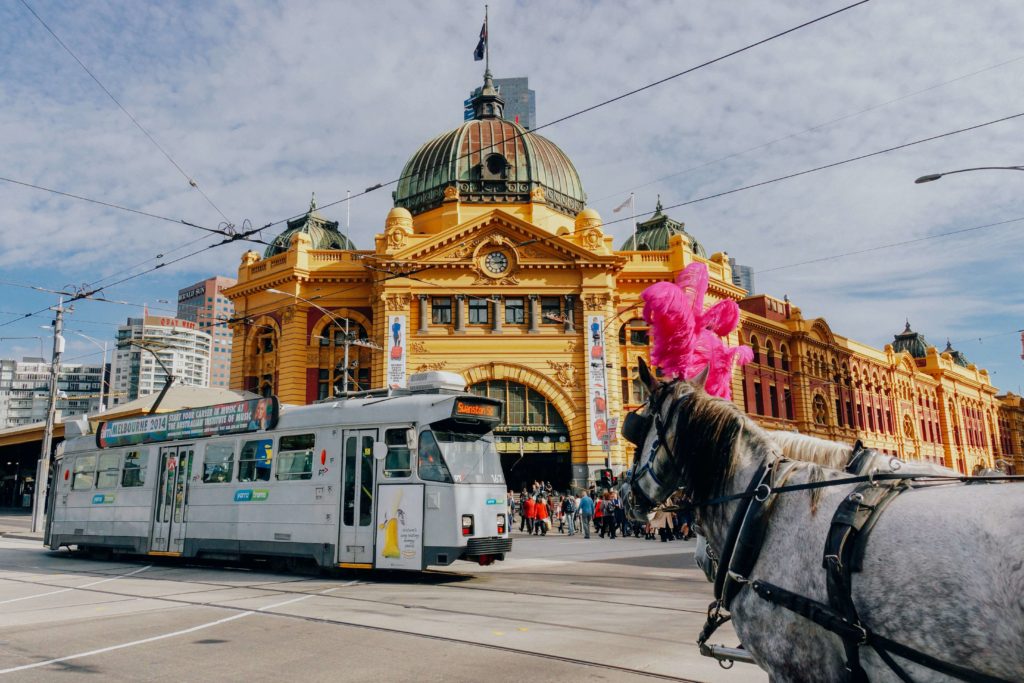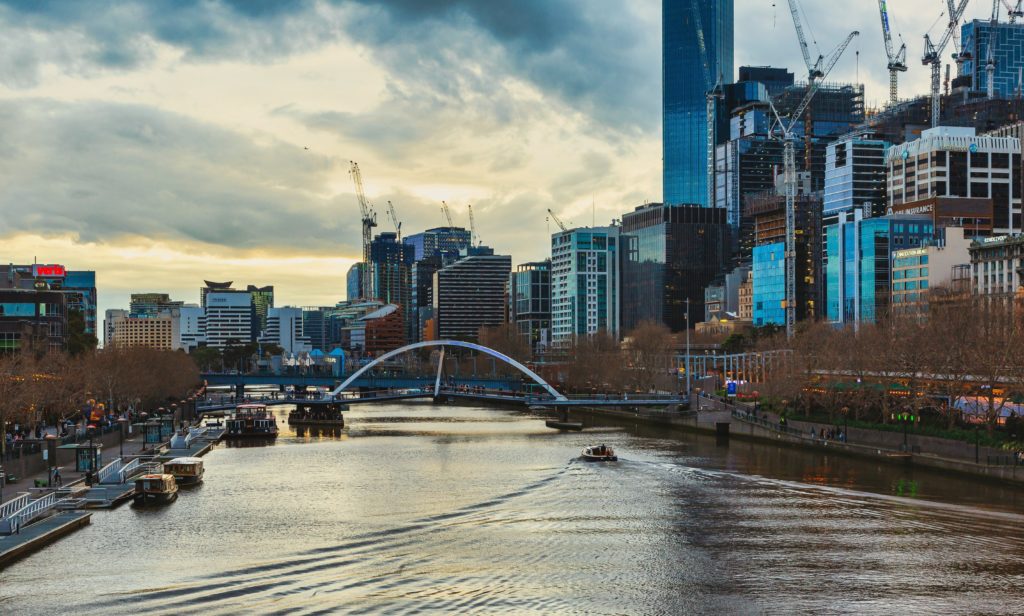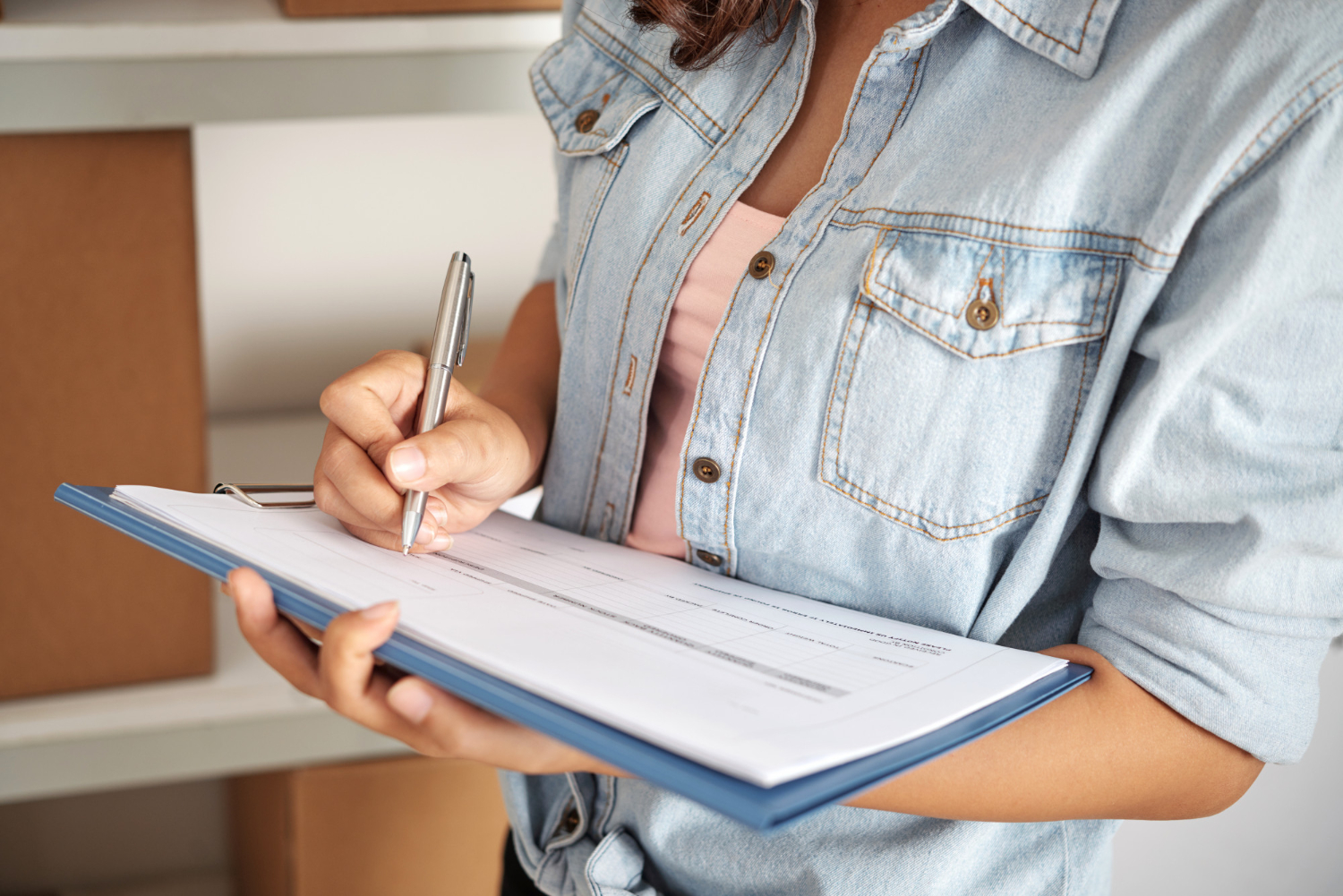Melbourne Cost of Living: A Complete Breakdown
When are you moving?
Utility Connection Is A Click Away
Get connectedWhen you think of Australia it’s hard to not bring up the city of Melbourne.
Boasting a rich culture full of music, art, history, and sport (and the self-proclaimed coffee capital of Australia), Melbourne proves to provide an enviable lifestyle to most, as the Victorian city regularly sits in the top 10 for Most Liveable Cities according to the Global Livability Index1Global Livability Index1 (2nd in 2025).
With such lavish taglines, it’s quick to assume the city is an expensive place to live, so let’s run down the costs an average Melbournian would pay for your everyday essentials.
For more information on the Cost of Living in Australia, check out our article here.
Is Melbourne really that expensive?
With Melbourne sitting 2nd for most liveable cities, the immediate thought will come that the Australian city will net a high cost of living to go with its lavish status.
As it stands according to Mercer’s 2024 Cost of Living City Ranking2Mercer’s 2024 Cost of Living City Ranking2, Melbourne is the 73rd most expensive city in the world, trailing slightly behind Sydney at 58th to be Australia’s second most expensive city.
When comparing the cost to livability, the capital of Victoria doesn’t seem too expensive at face value, but diving below the surface into the individual expenses of an average person living in Melbourne, it’s easy to see why Melbournians are stressing to even purchase a cappuccino from the CBD.

Housing/Rent Costs
Whether you’re looking for a home for business or family or you’re an international student looking to study, housing will typically be the living expense you’re most cautious about.
Melbourne follows the general rule of thumb you’ll find worldwide: the closer you are to the city centre, the higher the average cost of housing will be.
The average cost will also depend on the size of the property you’re looking to live in, as a 1-bedroom apartment in the CBD won’t cost the same as a 3-bedroom apartment in the suburbs. To sum up, regarding the average per size of the accommodation, check out the rent averages below, provided by Muval3Muval3.
| Type of Accommodation | Average cost per week | Average cost per month |
|---|---|---|
| City Centre, 1-bedroom apartment | $489.68 | $2,127.76 |
| City Centre, 3-bedroom apartment | $919.19 | $3,994.12 |
| Suburban/Regional, 1-bedroom apartment | $402.24 | $1,778.23 |
| Suburban/Regional, 3-bedroom apartment | $610.21 | $2,651.50 |
As is evident above, monthly rent costs can differ greatly depending on location, as a 3-bedroom apartment in suburban and regional areas can cost over a thousand dollars less than their city centre counterparts.
Purchasing an apartment follows in the footsteps of renting, as a suburban/regional apartment will cost substantially less than an apartment in Melbourne’s CBD, as seen in the table below.
| Location | Average cost per metre squared |
|---|---|
| Melbourne CBD | $10,561.53 |
| Suburban/Regional | $8,460.73 |

Housing Rent Bargains
If you’re renting out a home in Melbourne, you’re in luck, as Melbourne boasts the second cheapest median house rents across Australia’s capital cities with $550 per week while Sydney tops the list with $720…
Cost of Utilities
With the cost of housing out of the way, let’s move on to a personal favourite (and one we know quite a bit about), utilities!
The cost of utilities can vary depending on the provider you connect with, as well as the number of individuals in the household and what facilities you’ll need.
For Melbourne’s estimated monthly costs, the average prices for utilities can be found below, provided by Canstar Blue research conducted in February 2025.
| Utility | Average Monthly Cost | Average Quarterly Cost |
|---|---|---|
| Electricity | $130 | $391 |
| Gas | $60 | $180 |
| Internet | $76 | $228 |
| Water | $66 | $208 |
The most expensive average utility cost goes to electricity, which is no surprise as this remains the case for every state in Australia. Gas is not as expensive as electricity, despite Victoria typically paying a bit more than other states when it comes to their gas bills.
Thankfully, due to the introduction of the National Broadband Network (NBN), internet costs across Australia are all pretty similar, ranging from $70-95 between the states.
Water is a bit of a different story, as each state has a different set of rules attached to them. Unfortunately for anyone in Victoria, the responsibility falls on the tenant for arranging their own water connection, leading to the $208 quarterly average.

Additional Expenses
As much as we’d like it to be, living costs don’t just mean housing and utility expenses, but rather every cost you need to, well, live!
For instance, transport is a large part of your average Melbournians budget, whether that be tallying up your costs for petrol, car maintenance or even city-goers spending on their Myki whenever they use public transport.
Transport
Regarding the latter, Public Transport Victoria fares are determined by several factors, including how far you travel, the type of ticket purchased (2 hours, daily, concession, monthly pass, etc.), and all other discounts available. Melbourne also boasts a historic tram line system that circulates the inner CBD, along with more modern trolley cars to get you places with ease while you ponder around the Yarra River.
On average, a regular public transport commuter in Australia spends roughly $176 per month on travel passes, with Melbourne’s Myki not being an exclusion. For instance, a year-long Zone 1+ 2 Myki will cost a single person $2,000 ($166 per month).
Melbournians also spend a fair amount when it comes to fuel for their cars, averaging $266 per month just topping their car’s petrol up (hopefully you’re not driving a diesel either!)
Groceries
Thankfully, the bills when it comes to groceries don’t change too much from state to state, so purchasing some chicken breast or a dinner combo meal will cost the same AUD as it would in Brisbane or Adelaide.
How much money you spend on groceries also depends on the number of people in the household, as on average a single-person household will spend roughly $464 per month on groceries. When increased to two people, the average moves to $708 and then to $938 for a four-person household. These measurements also include cleaning supplies and any personal hygiene products.

Cost of Living Breakdown
The general cost of living will always differ from person to person, as one person may spend on their gym membership and pay for their mobile phone plan, and regularly spend on lavish restaurant prices, while another may stick to making their own meals and only go to McDonald’s on rare occasions.
While we can’t pinpoint exactly how much you’ll spend living in Australia, here’s a breakdown of the costs we’ve provided above for convenience.
| Expense | Average Monthly Cost in Melbourne |
|---|---|
| Rent | $2,433 |
| Electricity | $130 |
| Gas | $60 |
| Internet | $76 |
| Water | $66 |
| Groceries | $708 |
| Transport | $266 (Fuel), ($176 Public Transport) |
| Total Cost | $3,739 ($3,915 incl. Public Transport) |
If you’re looking to move to Melbourne or even just browsing to see how much it costs to live there, you may need to sort out your utilities! Should that be the case, call us at 1300 854 478 or use the Get Connected form here! If you’re unsure about using a utility connection company, hopefully, this post here can assist you.






 Justyn Harrison
Justyn Harrison 




Very helpful article, thank you.
Very helpful. Thanks.
I am so glad I came across your website Blog. Very insightful!
Hey, really helpful post overall, thank you. However, just want to point out that the public transport cost you have listed is off by a lot. A year long full fee Myki pass for zone 1 and 2 is over $2000, not $861. Even the concession fare is over $1000 for the year.